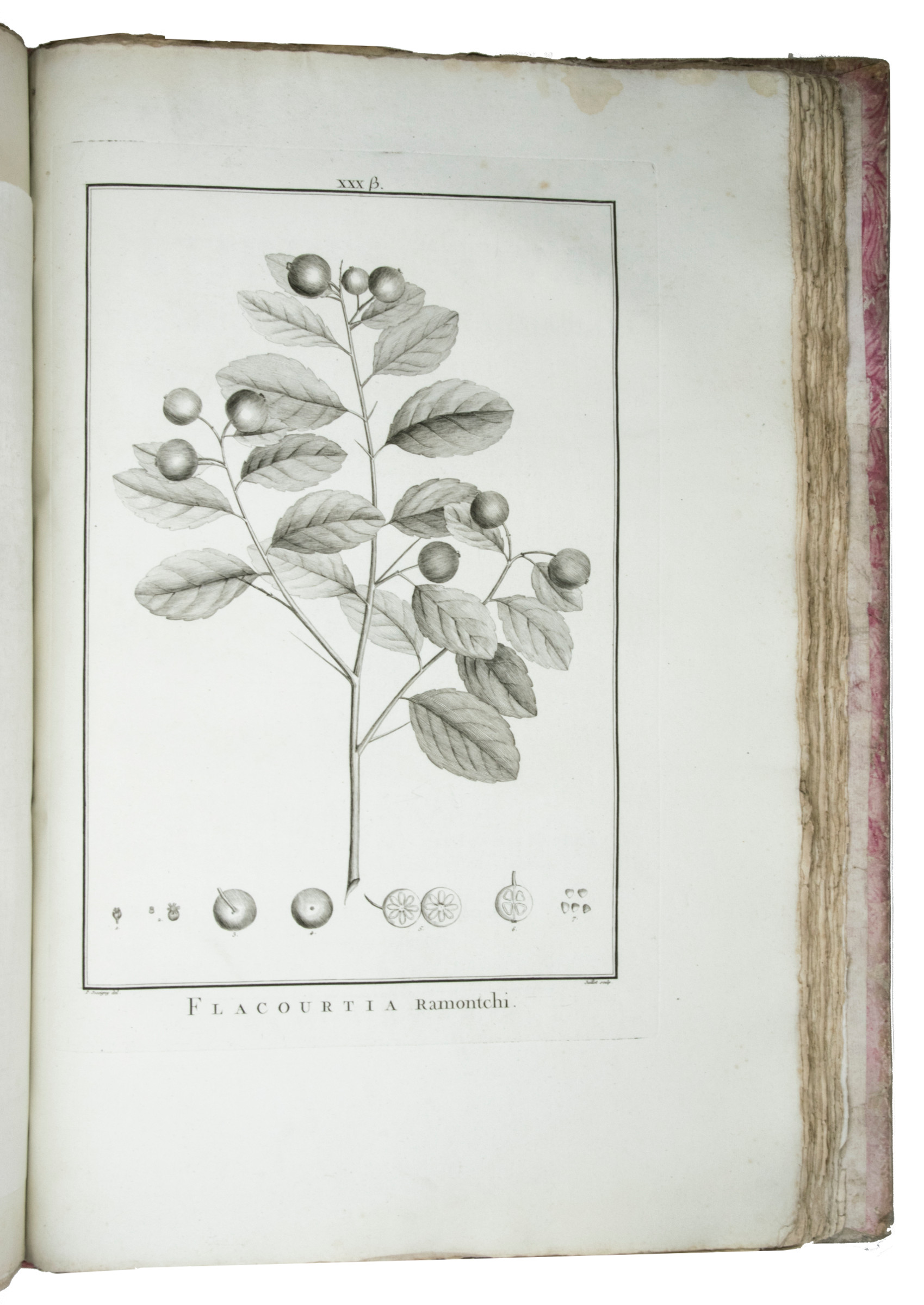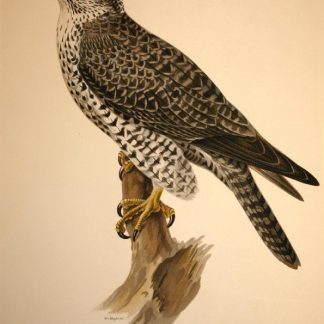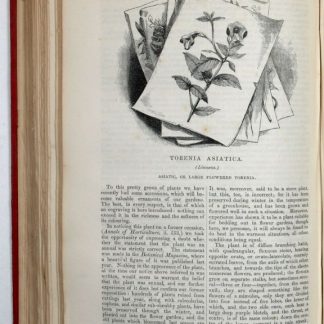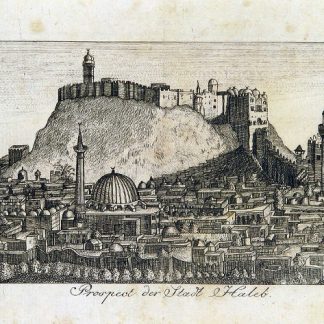"One of the more delightful flower books of the 18th century"
Stirpes novae, aut minus cognitae, quas descriptionibus et iconibus illustravit.
Parts 1-4 (of 6) in 1 volume. 1mo (full-sheet leaves, ca. 37 x 54 cm). (2), VI, 1-20; (2), VII-VIII, 21-40; (2), IX-X, 41-62; (2) XI-XII, 63-102 pp. With a general title-page, 4 part-titles (each with a woodcut vignette) and 50 engraved plates (signed I-XLVIII, including VII bis and XXX bis): 22 after Pierre Joseph Redouté, 17 after L. Freret, 4 after Fossier, 2 after P. Jossigny, 2 after J.G. Bruguiere, and 1 each after James Sowerby, Cl. Aubriet and Prévost. Original publisher's pink paste-paper wrappers over boards. Preserved in a professionally handmade box, made for this book.
€ 8,000.00
First and only edition of a sumptuous botanical work by the French botanist L'Héritier de Brutelle (1746-1800). In this work L'Héritier describes a great number of new taxa, including many growing in his own garden (of more than 8000 plants), the gardens of his friends and in the Jardin du Roi. Hunt describes this work as L'Héritier's "magnum opus" and as a benchmark in the history of 18th century flower books: "The book is splendid in spacious description, its charming exotic plates, its implications for taxonomic history; and fascinating as an imposing piece of eighteenth-century bookmaking, with its series of fascicles printed on broadsheets, its bibliographical algebra" (Hunt).
This is also the first publication of a work by the young botanical engraver Pierre Joseph Rédoute (1759-1840), who engraved at least the 22 plates he drew himself. It is in this work that Redouté emerges as an extraordinary botanical artist, because L'Héritier asked him to draw the majority of the plates. On the "Stirpes novae" L'Héritier and Redouté collaborated for the first time, but after that they worked together more often, for example on the "Sertum Anglicum" (1788). Their friendship proved a determining factor in Redouté's career and enabled him fully to develop his extraordinary talents.
"Stirpes novae" is in 1mo format (each leaf comprising a full sheet) rather than folio, as many bibliographies state, with pagination, but without quire signatures. Although the "Stirpes novae" was intended for publication in the years 1784 and 1785 and the part-titles of the fascicles are dated thus, Stafleu & Cowan and Hunt note that these are not the actual dates of publication. The present first four (of six) fascicles were published in March 1785, April 1786, April 1786 and March 1788 respectively. Originally the "Stirpes novae" were to comprise two volumes, but only the six fascicles of the first volume were actually published.
Pink paper wrappers rubbed and some paper missing on the front and back board. Board edges and corners worn. A tear in plate XXXI, otherwise a rare book in good condition.
De Belder 215. Hunt 673. Johnston 555. Nissen (BBI) 1190. Pritzel 5268. Stafleu/Cowan 4484. Cf. Buchheim, "A bibliographical account of L'Héritier's 'Stirpes novae'", in: Huntia, vol. 2, (1965), pp. 29-58.













